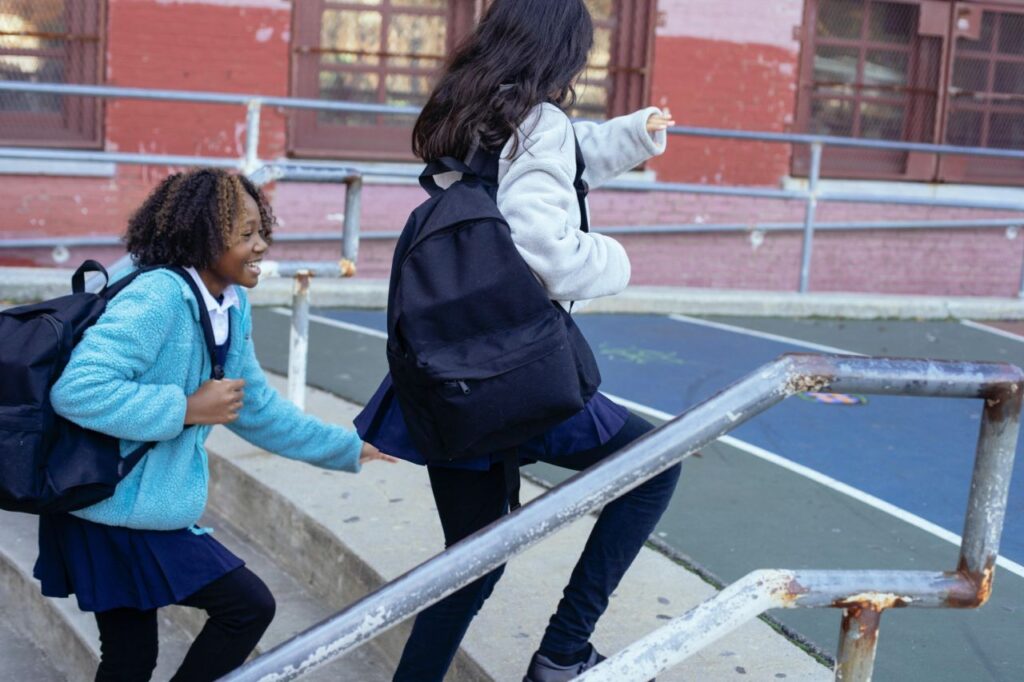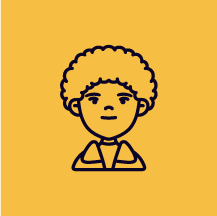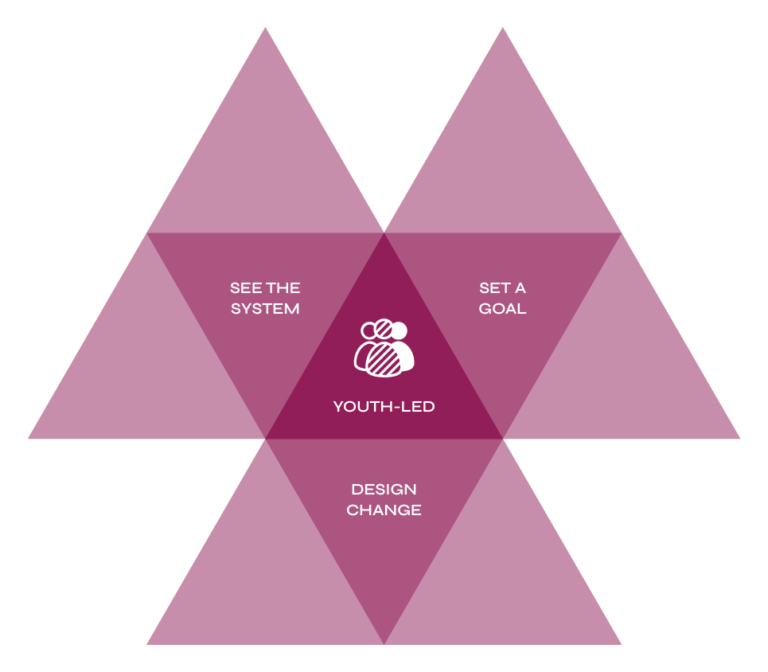A student group uses continuous improvement to solve complex problems they see in their schools.


Youth input was missing both in schools and at the district level in Baltimore City Schools. A Youth Ambassador program helped fill that void. Students from across the district came together to identify problems and their root causes so they could then create and test change ideas to solve them. Students invoked positive changes to support student learning, make the curriculum more relevant, and make systems more student-centered overall.






In this case study, improvement efforts to see the system, set a goal, and design change were student-led. Learn more about the student-powered improvement framework here.

A group of students from across the district met together to identify problems in the system, see the system that produces those problems, and create and test change ideas.
In Baltimore City Schools, student involvement in improvement efforts is an equity imperative. “We must be inclusive of the people, perspectives, and relationships most affected by the system and build a community that sees all members as agents of change. This is the most direct way to practice the improvement mindset: be human-centered,” said Christina Ross, Project Manager, Blueprint Initiatives.
Baltimore City Schools has built multiple structures to incorporate student voice and agency into continuous improvement projects in schools and at the district level. The Youth Ambassador program is organized by the district Youth Engagement Team with support from the BMore Me program.
There are twenty-four Youth Ambassadors from twelve schools who built a network with each other through various activities facilitated by trusted adults. Each participating school appointed a staff member (liaison) who helped decide on a school-based process for selecting students to participate. The Ambassador fellowship is organized at the district level, but students’ improvement work focuses on their own school.
Youth ambassadors examined data, conducted their own empathy interviews, and used other improvement tools to see the system and identify problems they wanted to solve. Their role was explained like this:
As Youth Ambassador and student leaders in your school, your work will be completing an impact project which will be designed to improve a complex problem in your school.
To do this, you’ll need to first understand your school as a system, and how different people experience that system. That information will help you create an idea to solve a problem or challenge in your school that will positively impact your school.
As they used various improvement methodologies to see the system, students refined what they wanted to work on. One pair of students, for example, saw a trend in survey data that concerned them. “We gave a group of students a survey. One of the questions was how likely are you to speak up if you are being bothered,” described a student. “We saw that a handful of students said they wouldn’t speak up. We wanted to fix that problem because you should be able to speak up. We’re trying to improve our schools for the better.”
After identifying a problem, the next step was for students to create and test change ideas to tackle the root causes of the problem. In the school described above, students designed Leaders in Training (LIT) to build leadership and communication skills among students. Examples of other student-designed projects included:
Youth Ambassadors receive a stipend for their participation and a budget to fund their change ideas.
Youth Ambassadors have the time and space to learn about the systems they are trying to improve. “One of the reasons students often aren’t taken seriously is because we don’t take time to give them the whole context so they can really move the work,” explained Christina Ross, Project Manager, Blueprint Initiatives. “Once youth have that context, they change their focus to what they had control over.” For Youth Ambassadors, this meant providing youth with the information they needed about the structures, systems, and policies in schools related to the areas where they were working on change.
The Ambassadors example also shows how students themselves can participate in all stages of continuous improvement. In this example, they engaged deeply in many activities related to seeing the system. However, learning about improvement focused on the process, not the continuous improvement language. Interviews were just called interviews. The term “change idea” was simply “things we can try.” The idea of “root causes” was explained and experienced.
A priority in the work to center students in Baltimore is to shift adult mindsets. “Students want to be heard, but sometimes adults don’t know what they don’t know. So, adults don’t know how to hear and listen to students,” said Christina Ross.